Walter “Ted” Carter Jr. President at Ohio State University | Twitter Website
Walter “Ted” Carter Jr. President at Ohio State University | Twitter Website
Last month, space enthusiasts worldwide were captivated by the story of Suni Williams and Butch Wilmore, two NASA astronauts whose eight-day mission to the International Space Station (ISS) was extended by almost eight months due to mechanical issues in their spacecraft.
Williams and Wilmore were testing Boeing’s Starliner spacecraft. Upon arriving at the ISS, the crew discovered that five of the craft’s 28 thrusters had malfunctioned.
While many were surprised by the news, John Horack, the Neil Armstrong Chair in Aerospace Technology at The Ohio State University, was not.
“My initial reaction was, ‘Yep, that’s a test flight,’” he said. “Test flights are never perfect and if they are, you should ask yourself what wasn’t found that should have been.”
Four of the thrusters have since been repaired but concerns for the astronauts’ safety remain paramount.
“[In space], any problem, regardless of size, can be catastrophic,” he said.
Referring to the 2003 space shuttle Columbia disaster, he said, “We had many successful shuttle flights. We also never had a flight launch where literally zero foam came off the tank. On the Columbia flight, a piece of foam came off the tank, hit the leading edge of the orbiter’s wing and created a large hole. The inrush of hot gas through that hole upon re-entry caused the loss of the wing from the inside and the destruction of the vehicle.”
A similarly small equipment failure led to the death of all seven astronauts aboard space shuttle Challenger in 1986. Understandably, NASA places even greater emphasis on safety.
“Columbia and Challenger are front of mind,” Horack said. “Those changed the culture at NASA. They are actively trying to listen to anyone who has anything close to a valid set of data or something to offer so that no stone is left unturned when trying to figure out what comes next.”
What is challenging about this situation is that NASA could not examine the Starliner craft after it returned to Earth on Sept. 6. The malfunction occurred not in the capsule housing astronauts but in the service module designed to burn up during re-entry.
“In space flight, we’re deeply committed to looking at hardware because that’s where you find real evidence of what happened,” he said. “When you can’t look at hardware, you have to be careful about what you infer and how you test.”
Williams and Wilmore will not be alone on ISS as there are currently seven other astronauts there. Introducing two more won’t be a challenge according to Horack; supplies are routinely sent without human spaceflight and new personalities can be invigorating.
“Two new people show up? It’s refreshing,” he said. “Plus they all know each other... There’s a sense of camaraderie there.”
Additionally, there is plenty to do on ISS: routine maintenance and housekeeping as well as experiments and research.
“Crew time is most scarce and precious resource up there,” he said. “So having two extra sets of hands and brains is probably joyful in a certain way and absolutely productive.”
Astronaut temperament also helps make large adjustments easier.
“All way back beginning astronaut program select resilience,” he said. “That first thing look for: What your resiliency? How approach problems?... NASA always paid close attention human makeup people assigned crew.”
While situation has not unfolded as planned Horack does not agree astronauts are “stranded” as many put it; if emergency entire crew could come home.
“We never ever have situation more people space station than seats come home,” he said.
More importantly though this what astronauts do.
“You spend whole life applying astronaut,” Horack said. “And now suddenly doing something aspired whole life months... Butch Suni spent whole lives working towards goal being human being who lives works space... They’re astronauts.”
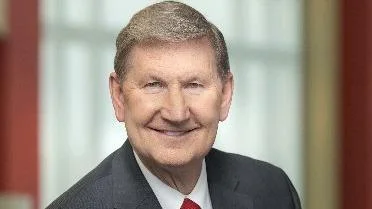
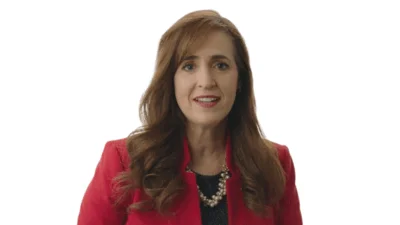
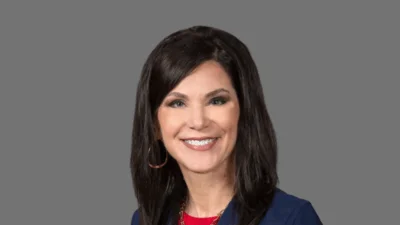
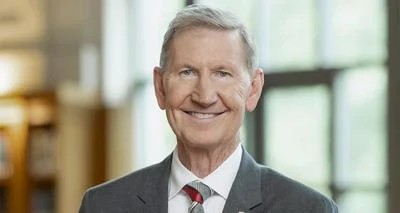
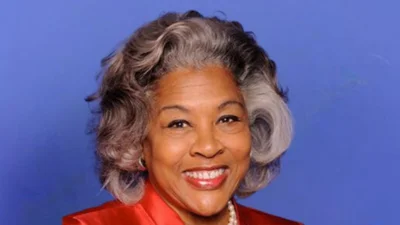
 Alerts Sign-up
Alerts Sign-up